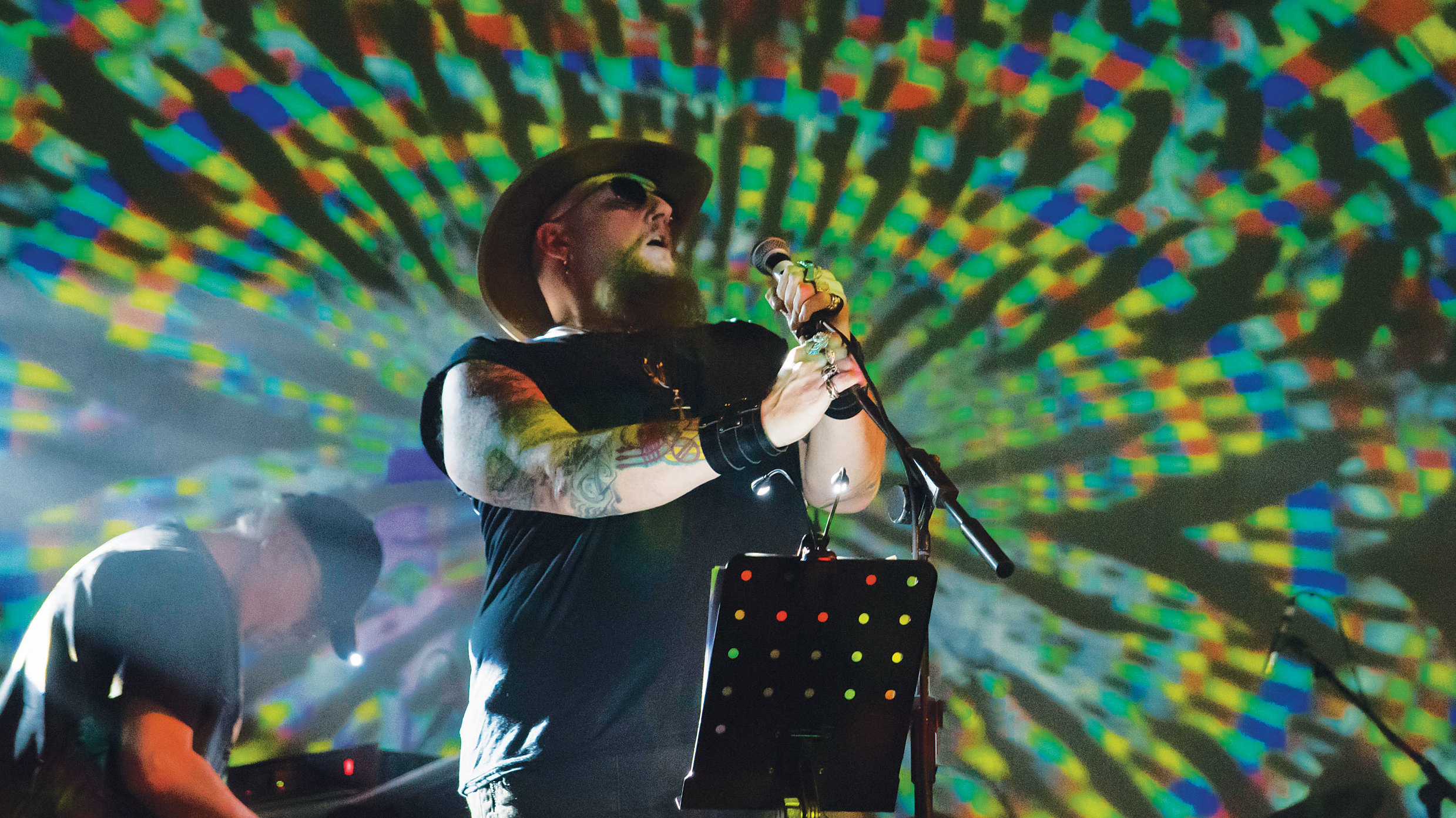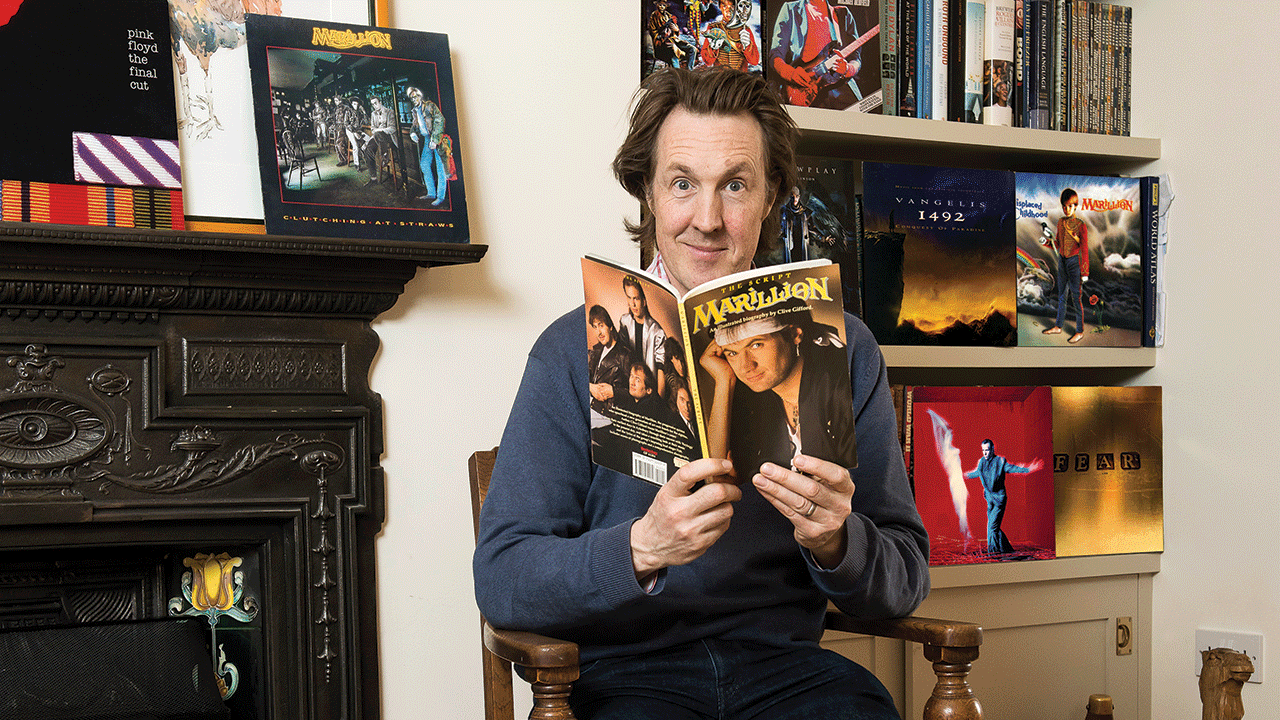You can trust Louder
There are grey beards here, those for whom a Hawkwind gig has been an annual pilgrimage for over 45 years.
There are those who look like refugees from a 90s rave, accentuating the band’s oft-forgotten influence on that scene. There’s even one woman who’s not sure what band she’s watching, as well as those who’ve never seen the space rockers live before. Such is the diversity of those who’ve come to see the latest remarkable incarnation of Hawkwind.
Much of the set is constructed around their new album The Machine Stops. And just as this is the best Hawkwind album in more than two decades, tonight’s performance is close to being a reincarnation. It’s mesmerising, never letting the attention drift for one minute.
As the intro leads into The Machine, the backdrop behind the band sparks into life with an ongoing series of psychedelic, eerily dissonant imagery. Typically, while the visual presentation thrums with creativity, it reflects the eternal Hawkwind philosophy in that it has a homemade appeal, albeit in the best sense of the word.

For all their global success, Hawkwind have never lost their garage roots, and this is obvious here. The band members have a rapport between one another and with the crowd – and that keeps everything real. While the march of technology has always been a pillar of Hawkwind’s appeal, the overriding sense is that this is music defined by humans for humans.
The new album is based around EM Forster’s dystopian science fiction novel of the same name, and the tale is developed through stark, spoken-word incursions such as All Hail The Machine. It all adds to the impact. While the band play in a semi-lit gloom, two occasional dancers gymnastically gyrate to the sounds, at one point even wrestling with fire as the music hypnotically envelops them. There’s no break in the momentum, and no unnecessary banter.
Despite the technology, this is music defined by humans for humans.
The songs just flow, with Dave Brock and Mr. Dibs sharing lead vocals. The former also glides through those unmistakably vaudevillian, dark guitar motifs that have always anchored the Hawkwind sound.
Sign up below to get the latest from Prog, plus exclusive special offers, direct to your inbox!
Aside from the new songs, which already hover like established masterpieces, there are many welcome entries from the past, such as Assault And Battery (Part 1) and Orgone Accumulator, while an extended jam through Shot Down In The Night is a somehow appropriate climax.
The encore, Silver Machine, is given extra poignancy by the death of Lemmy. But it’s suitable here, connecting two classic Hawkwind eras. The first from the early 70s is regarded as the band’s golden age, but the one taking shape here is arguably their best since then.
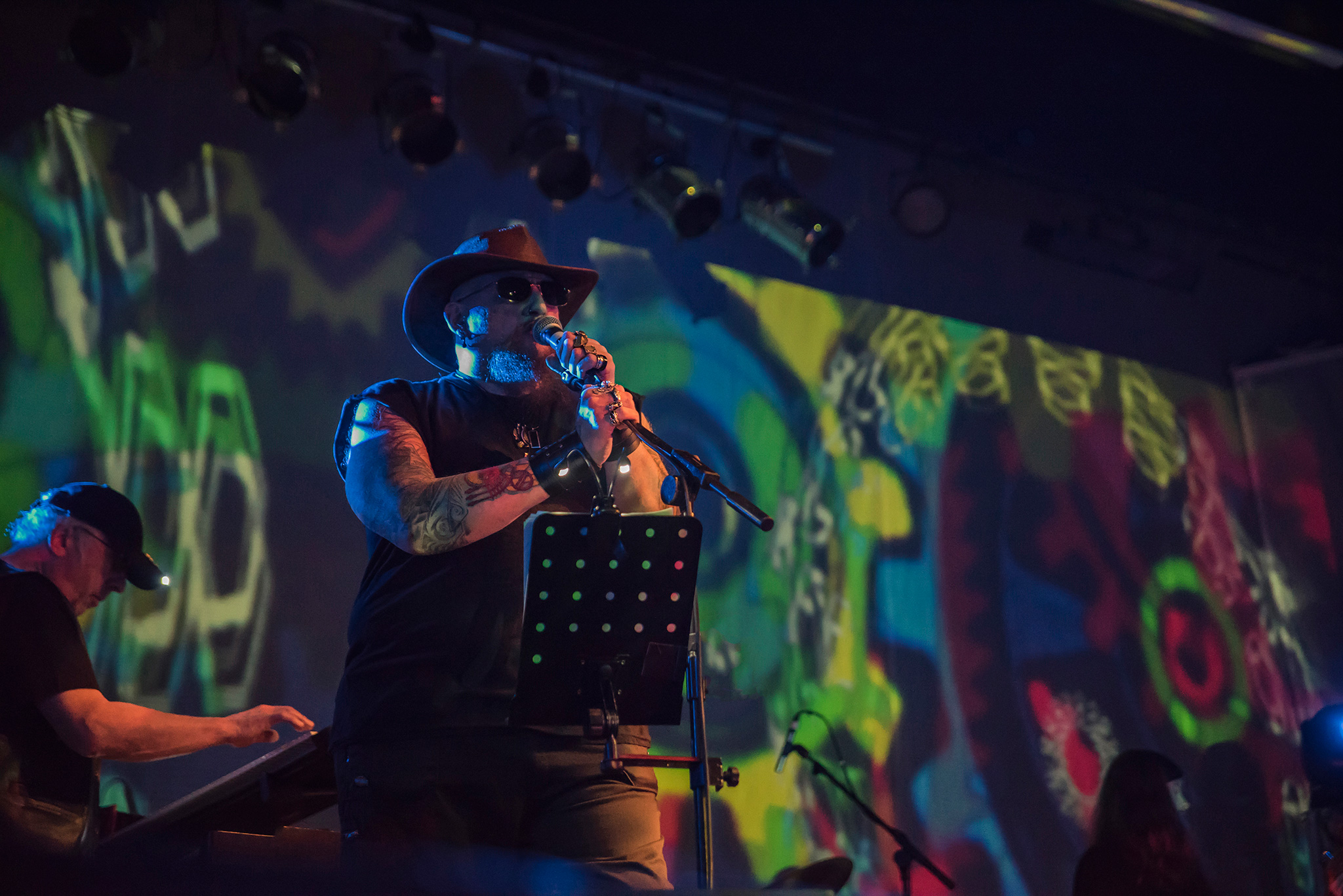


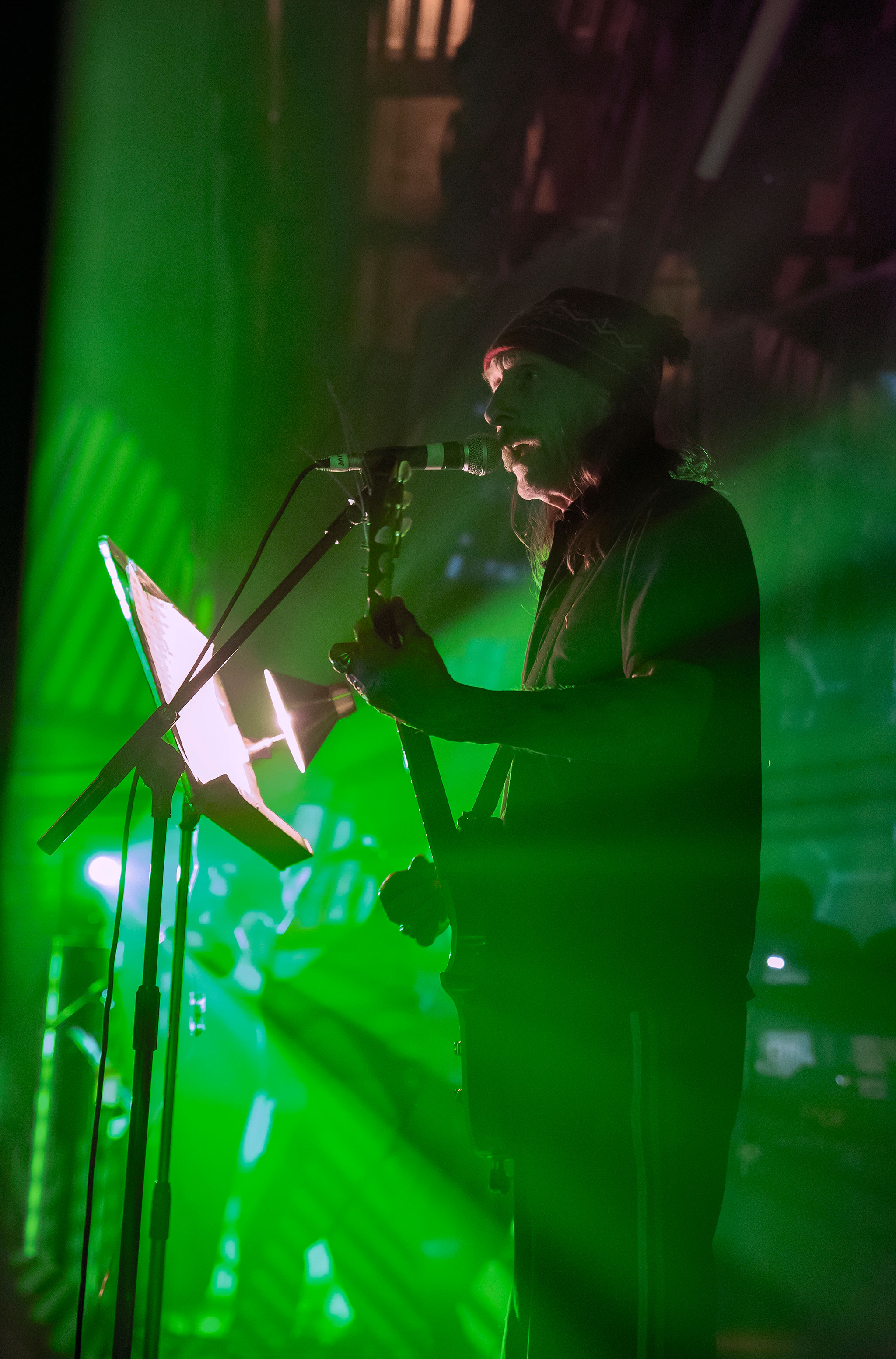

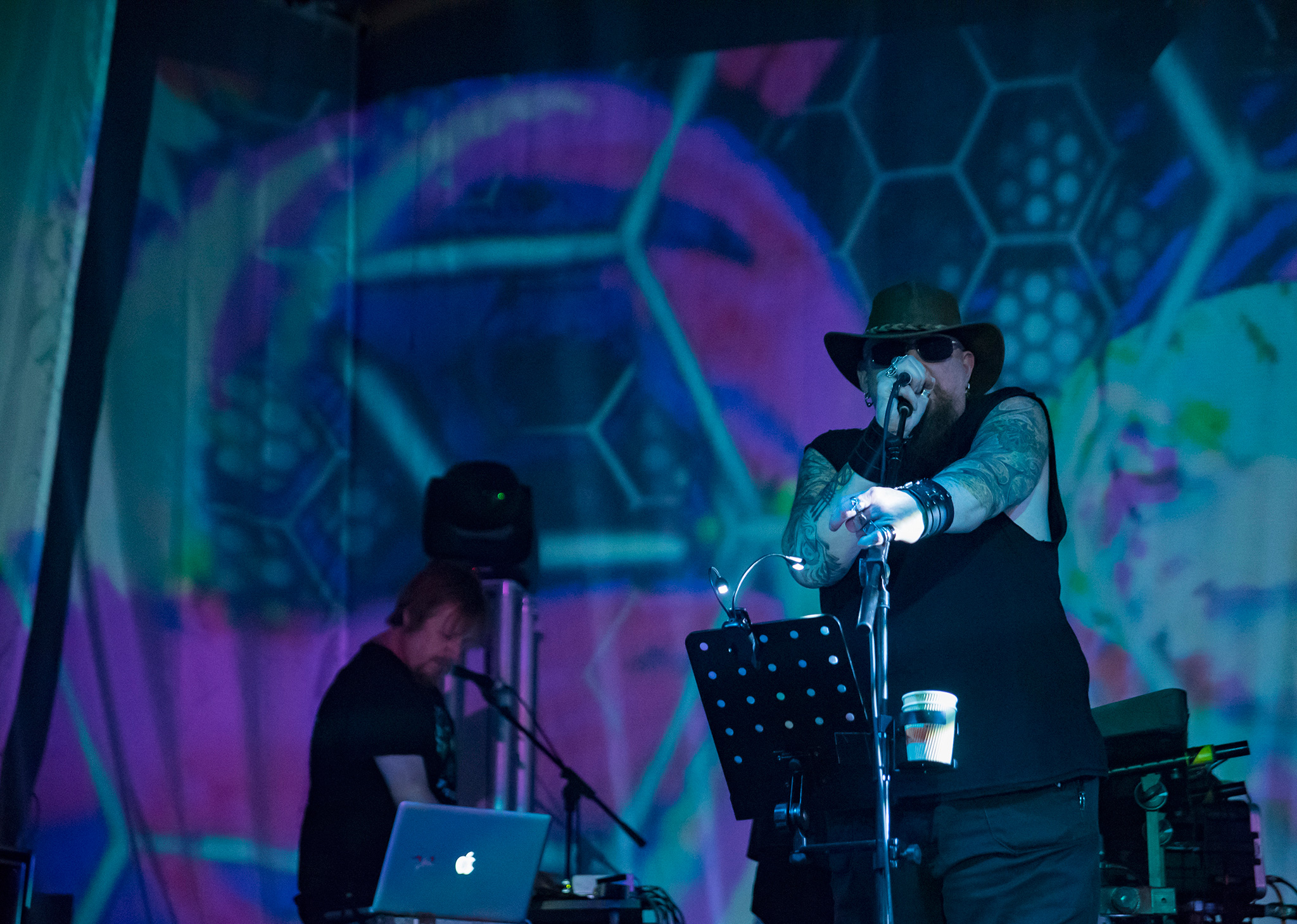

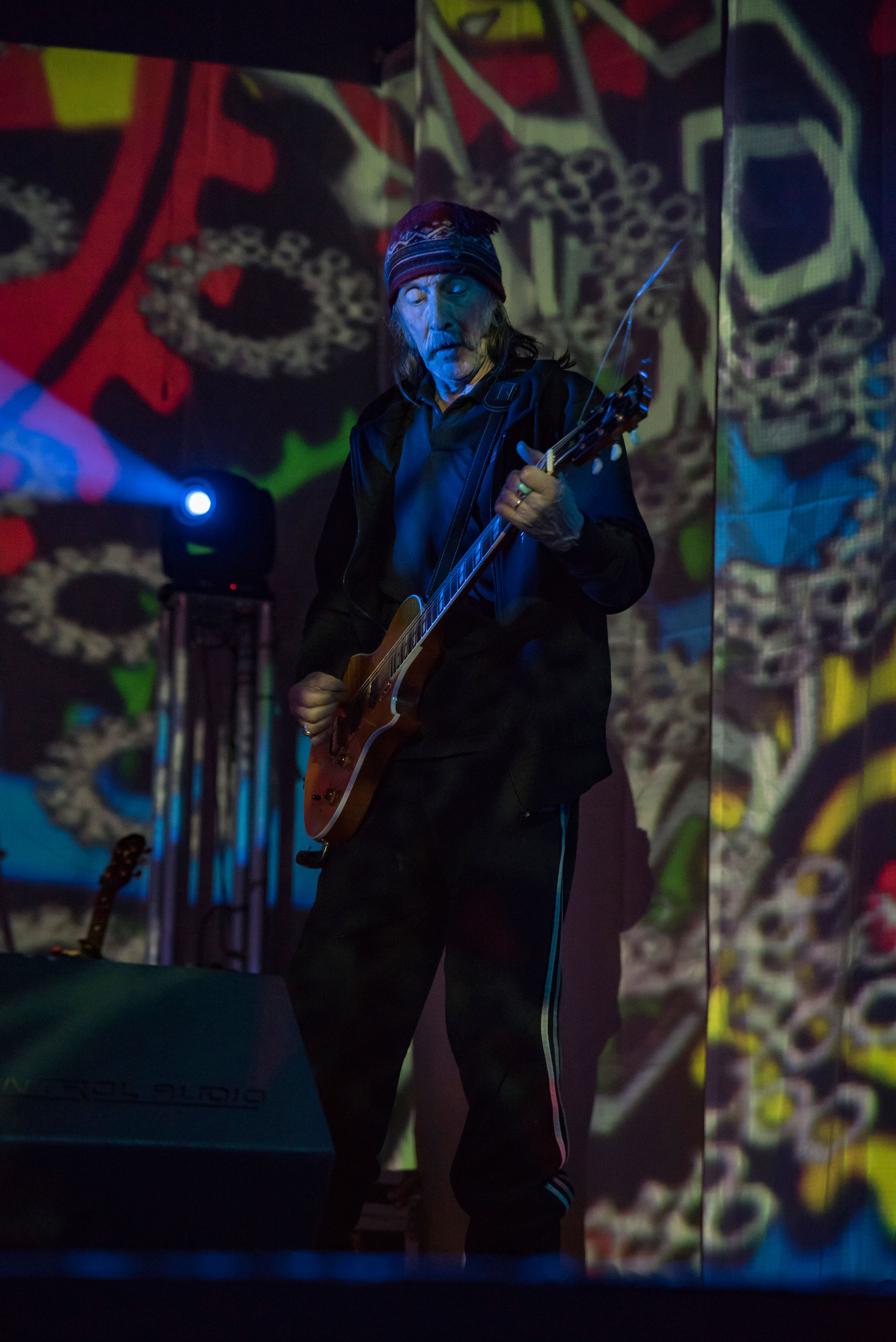


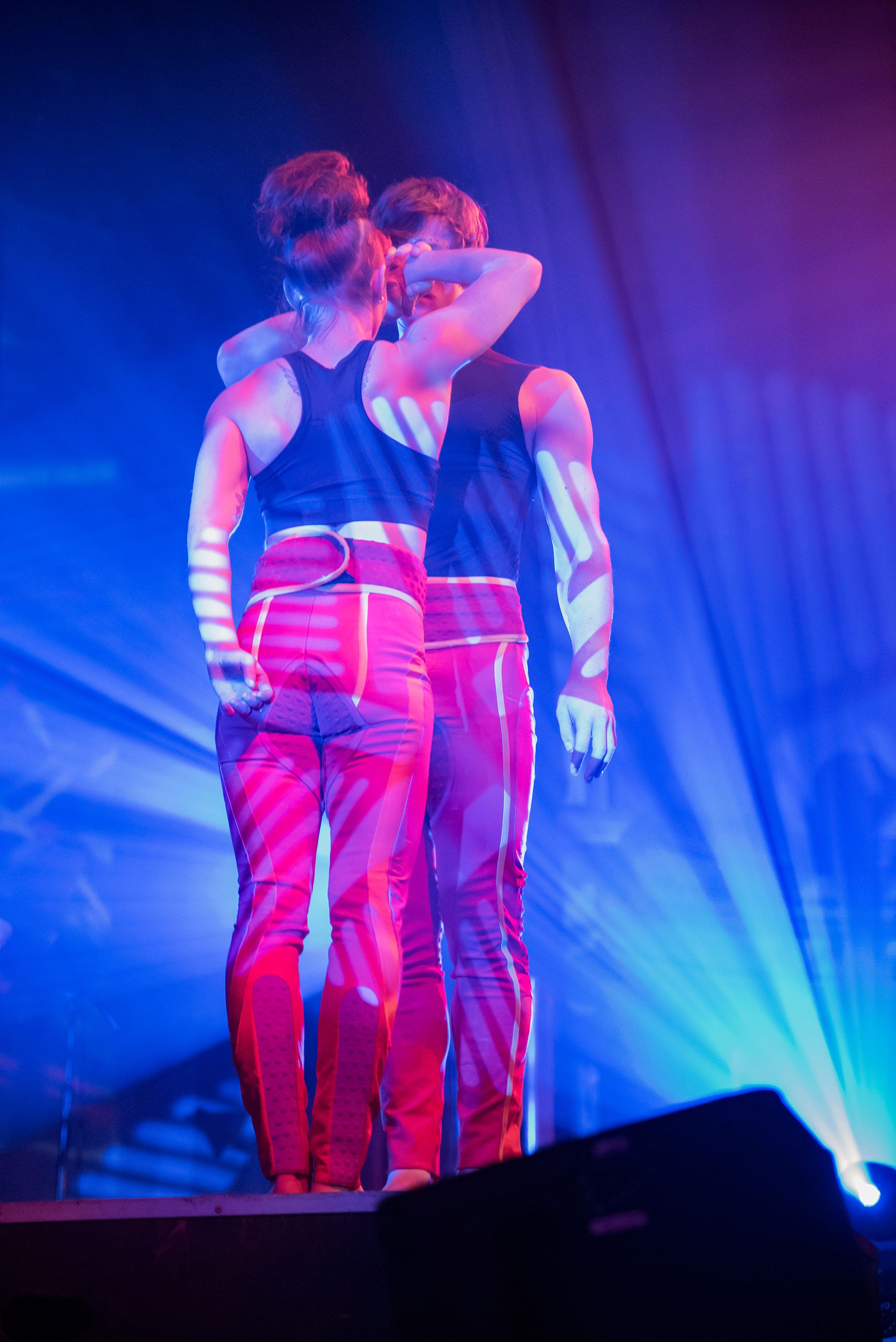
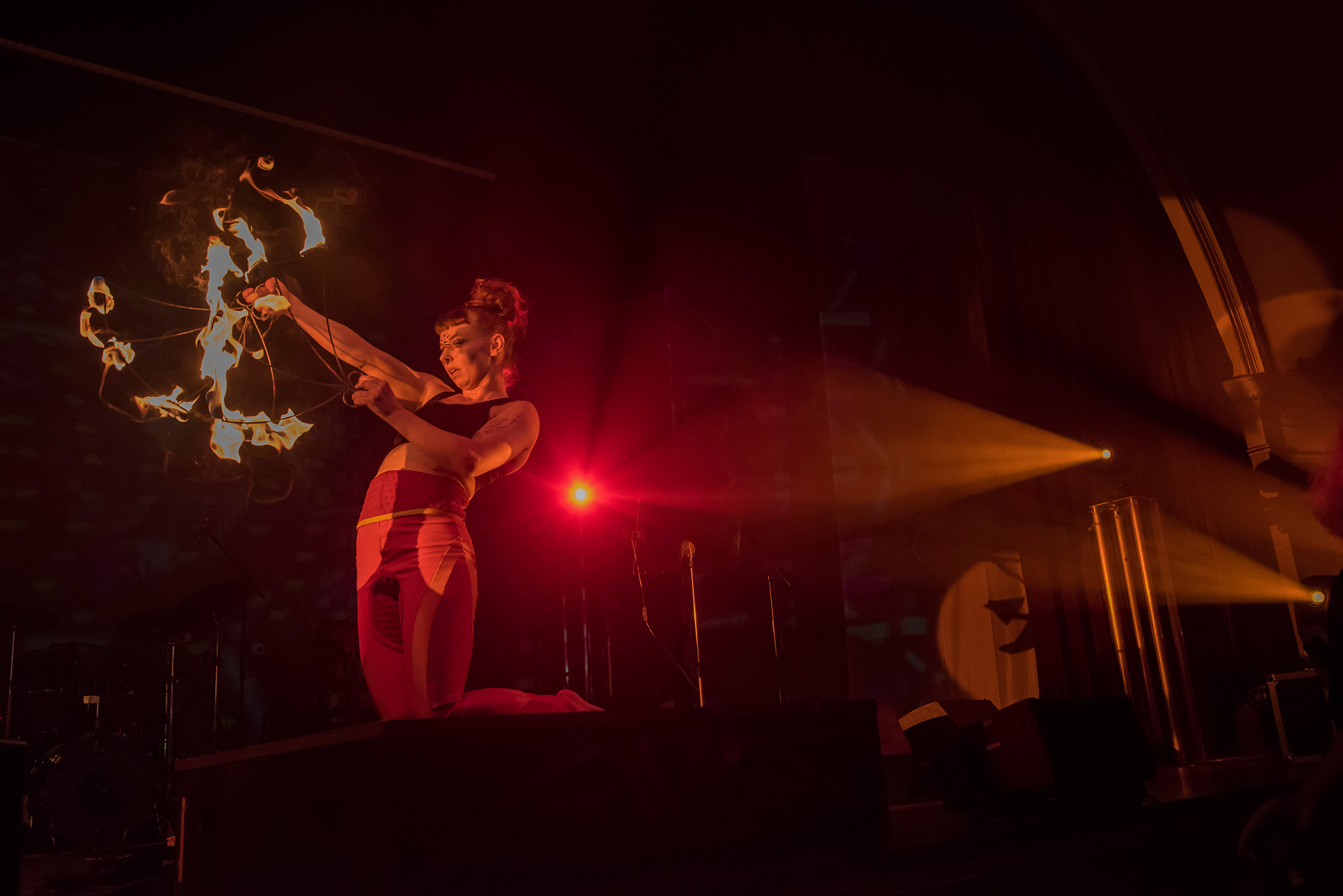

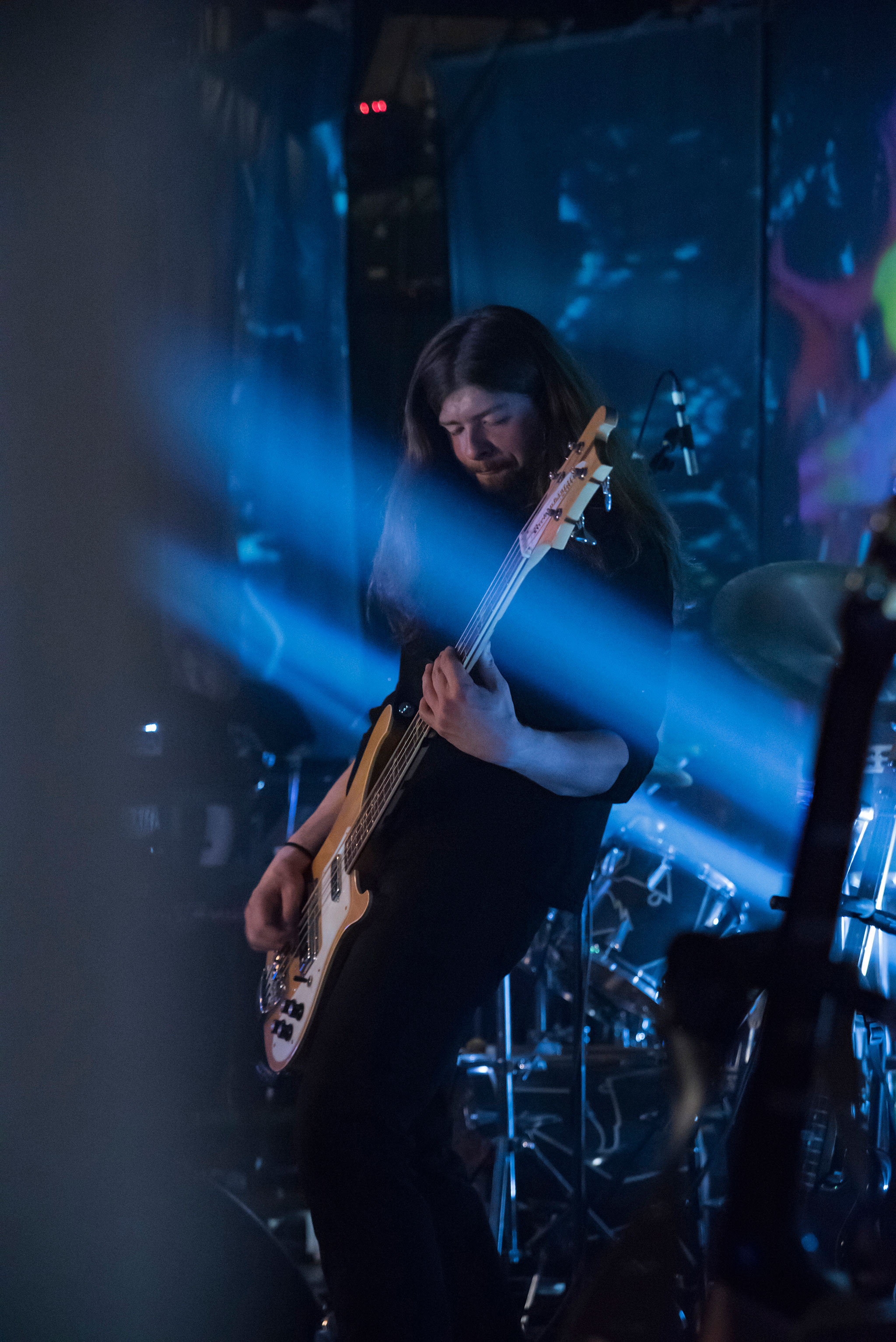
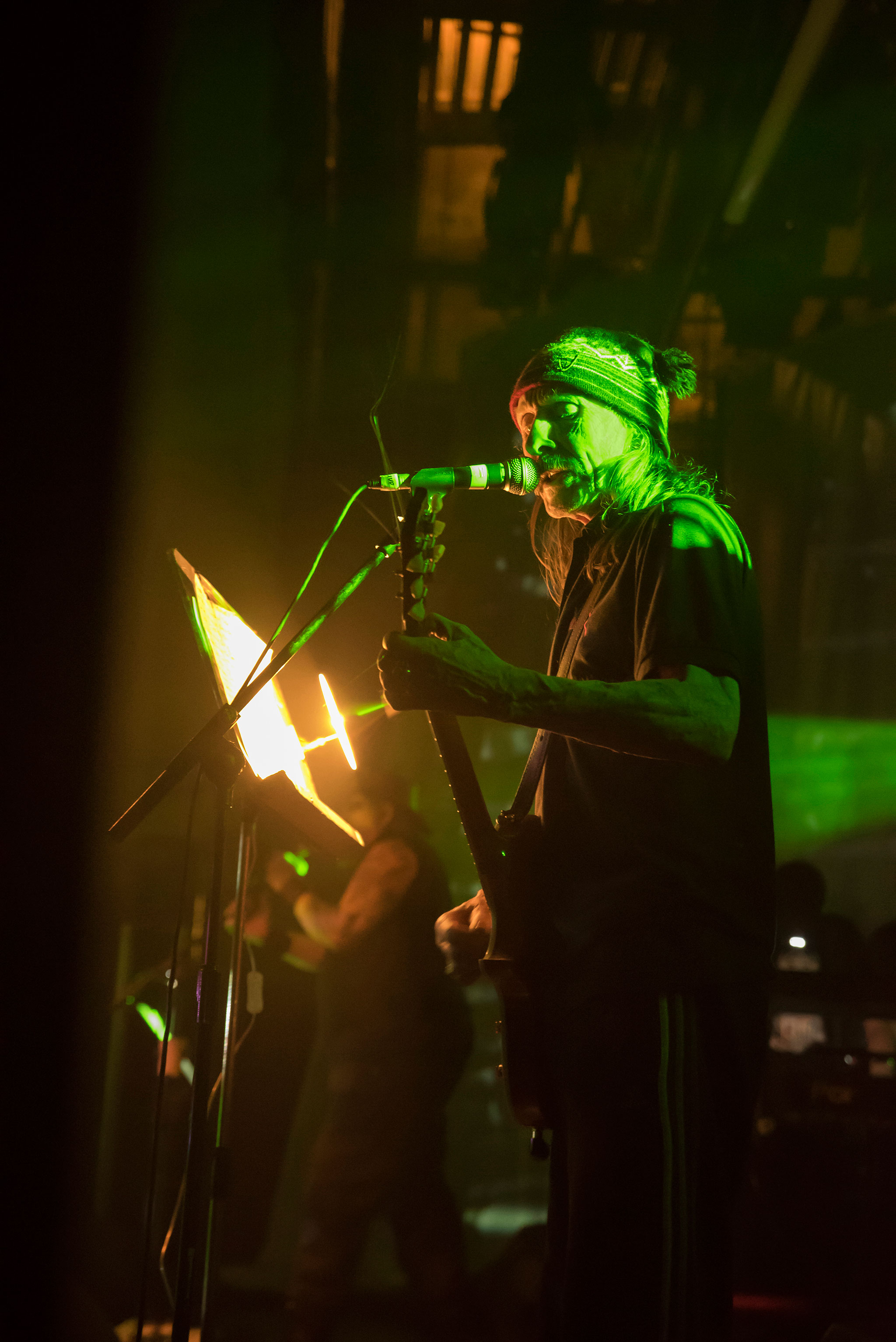

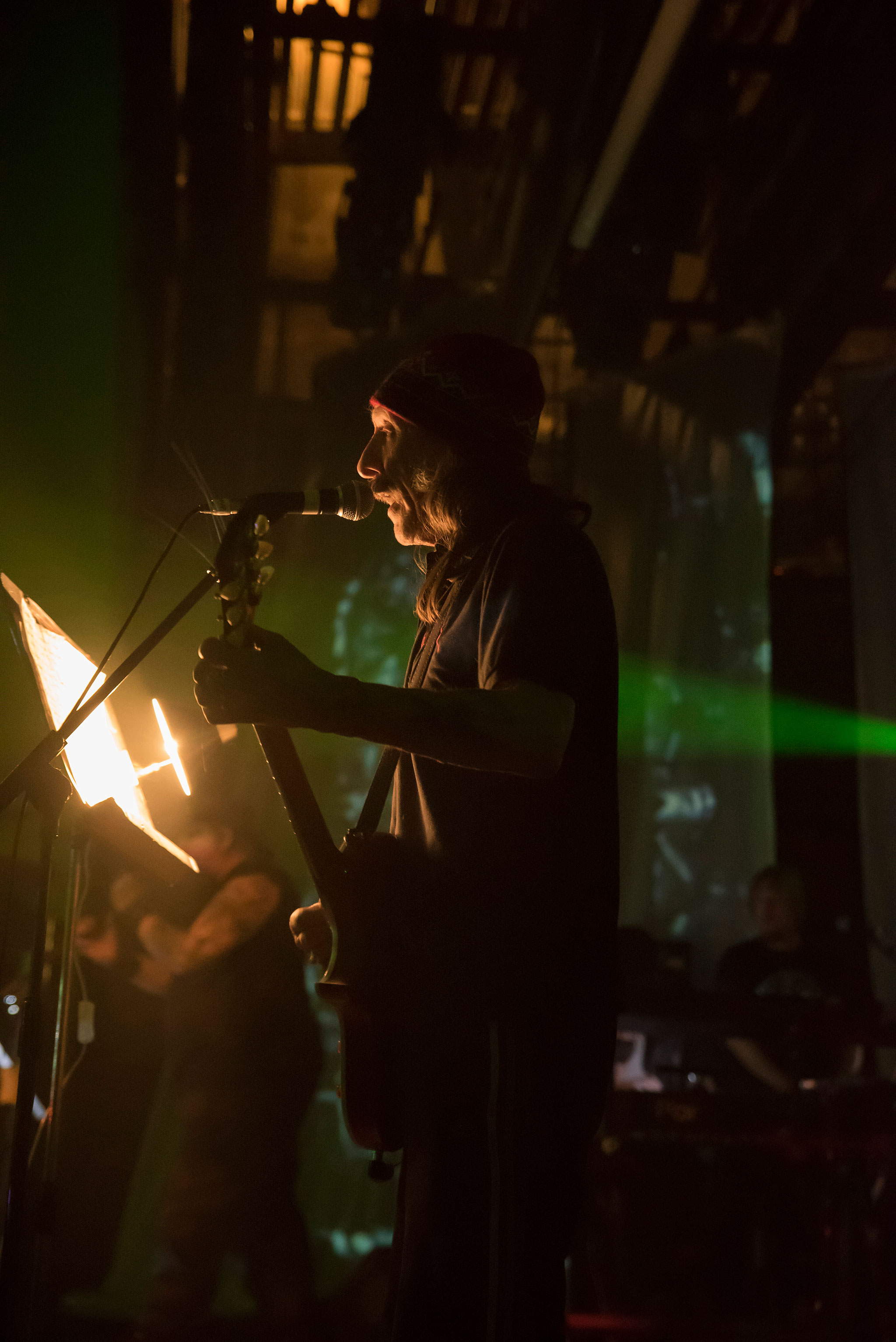
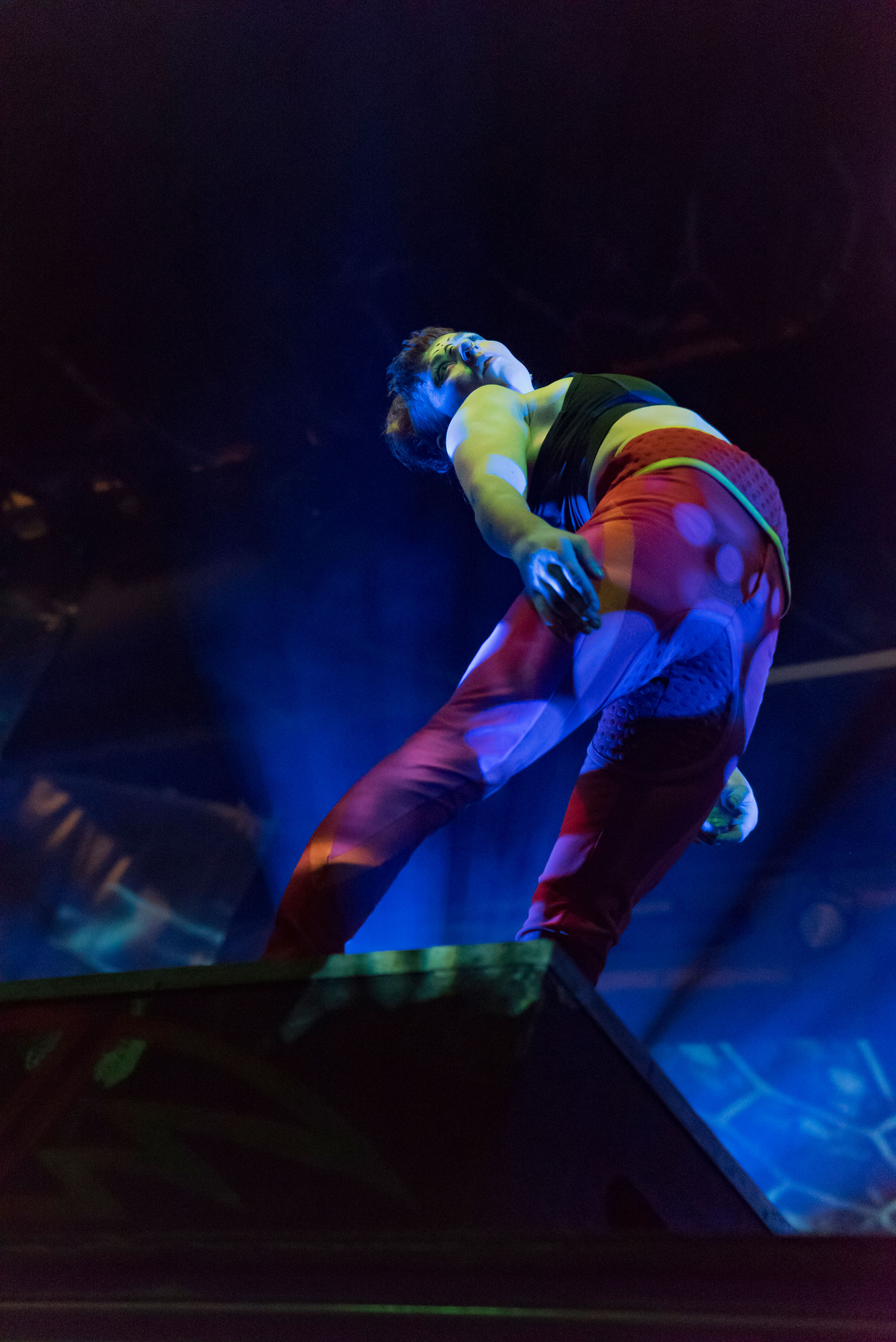

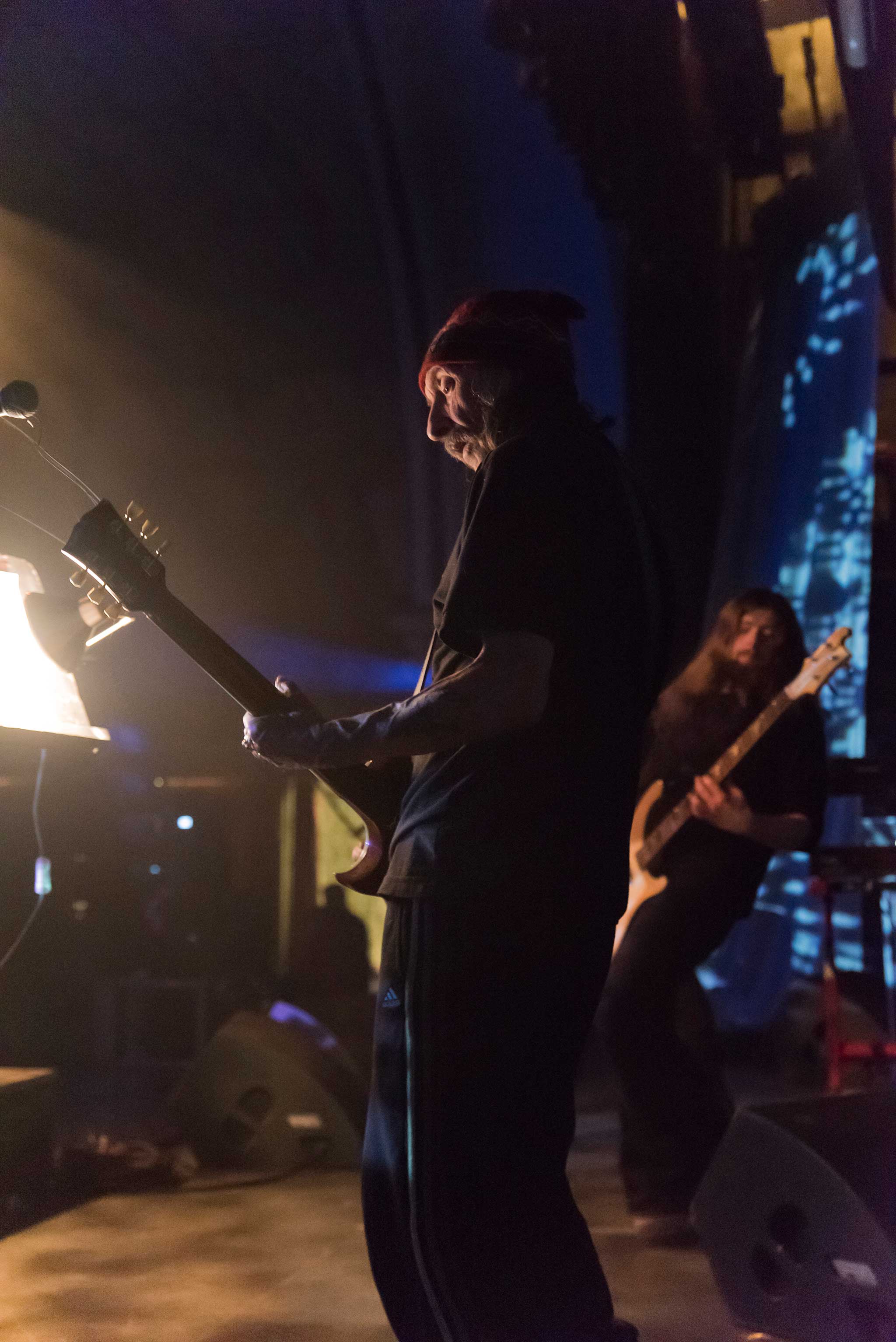
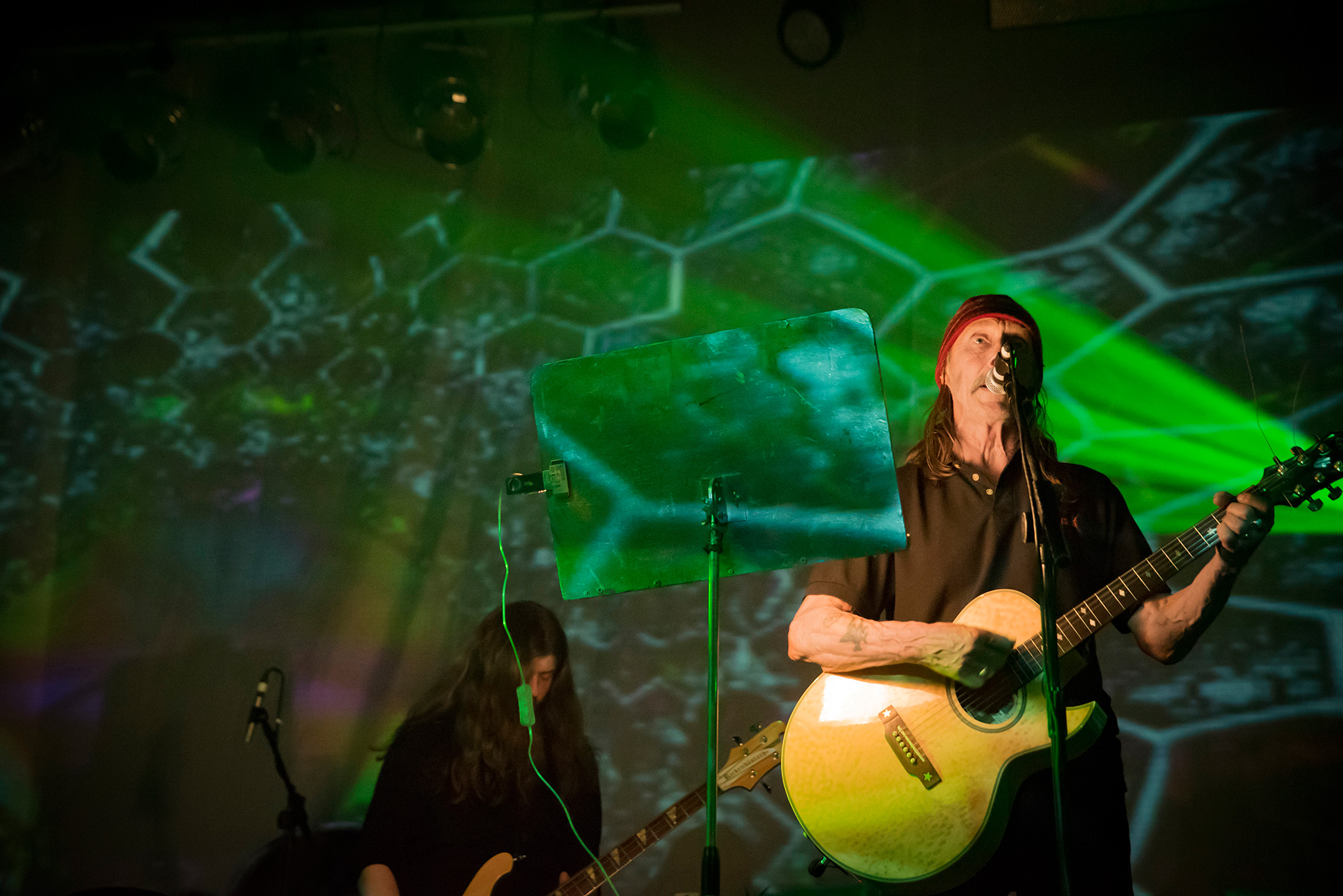




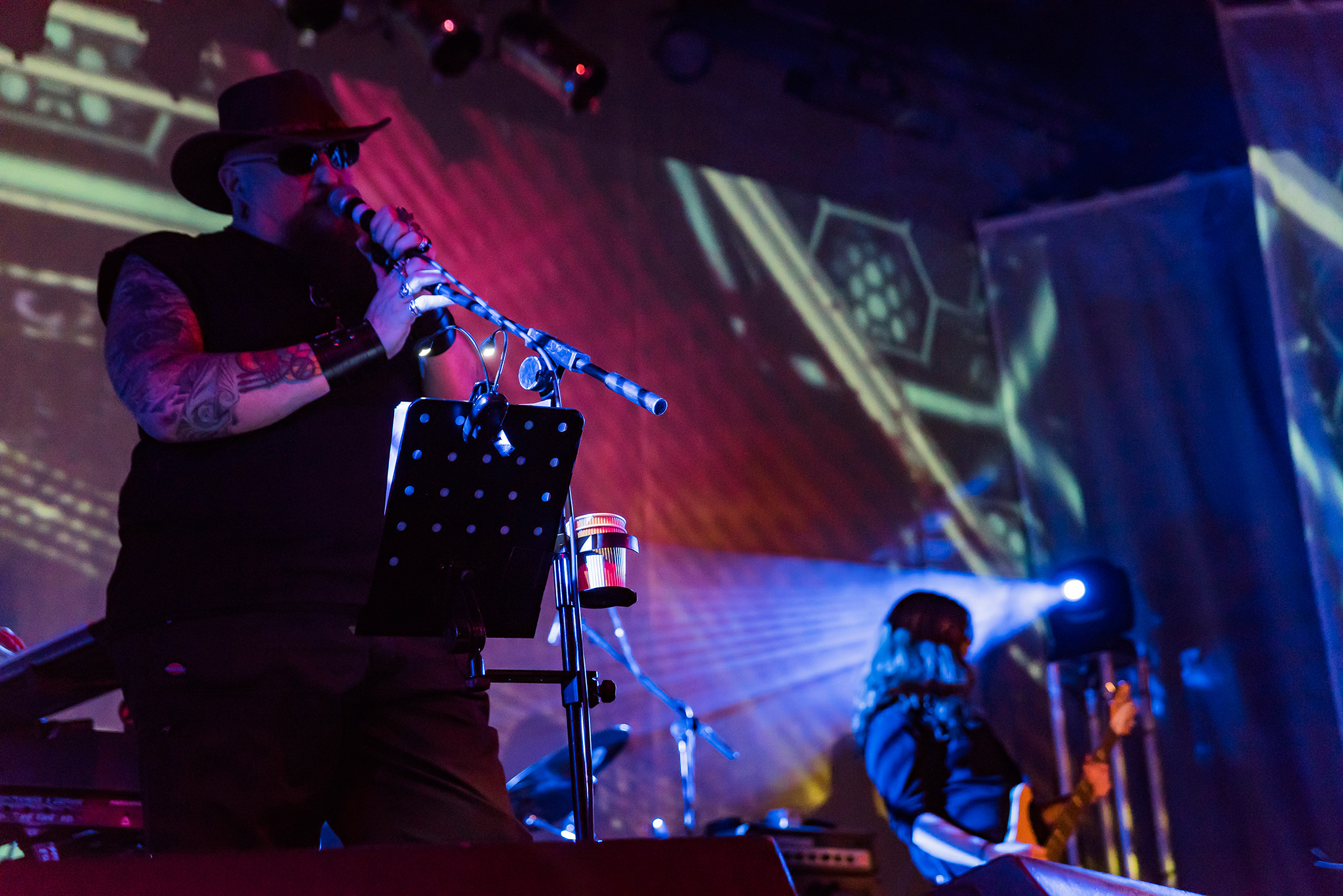
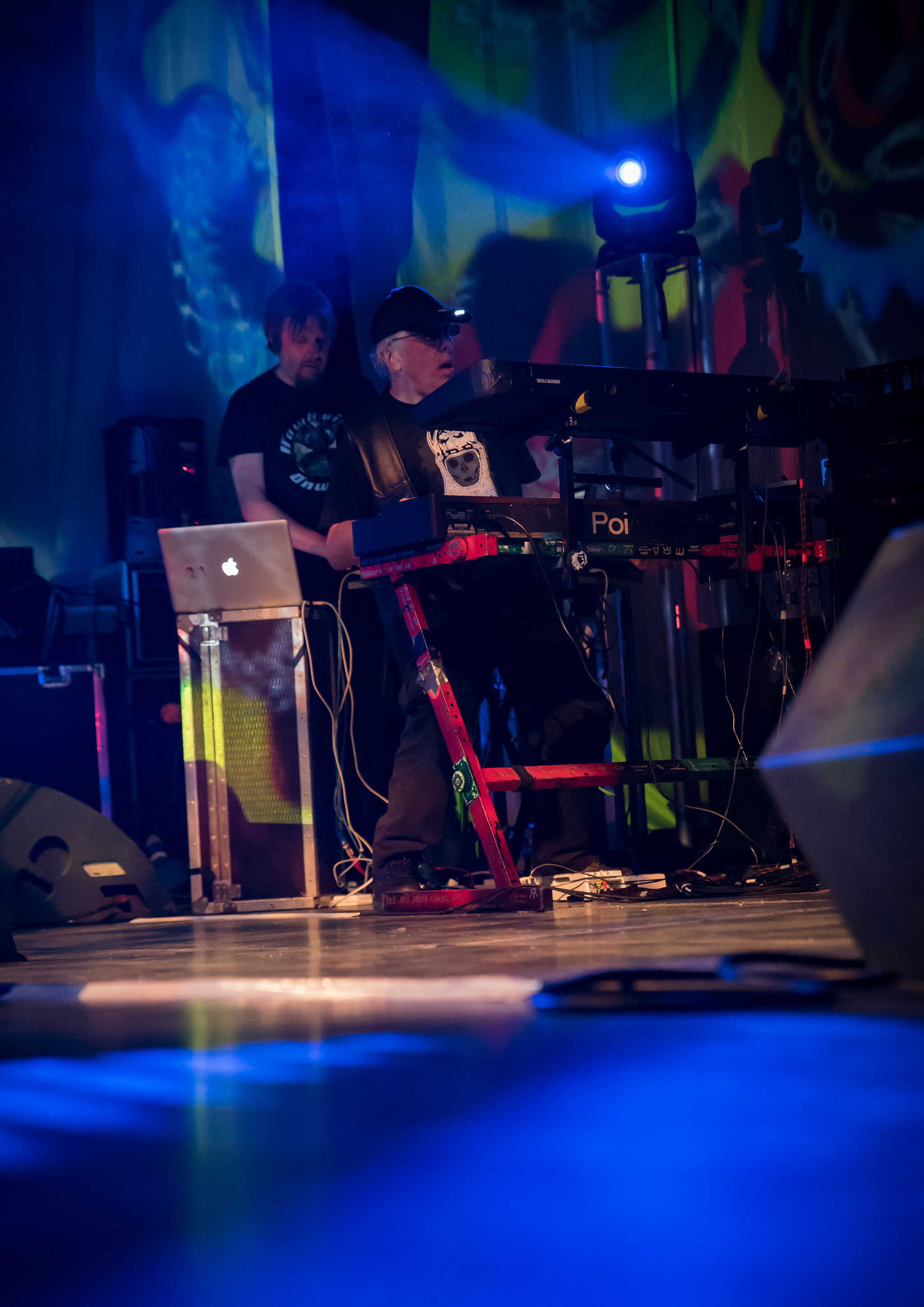
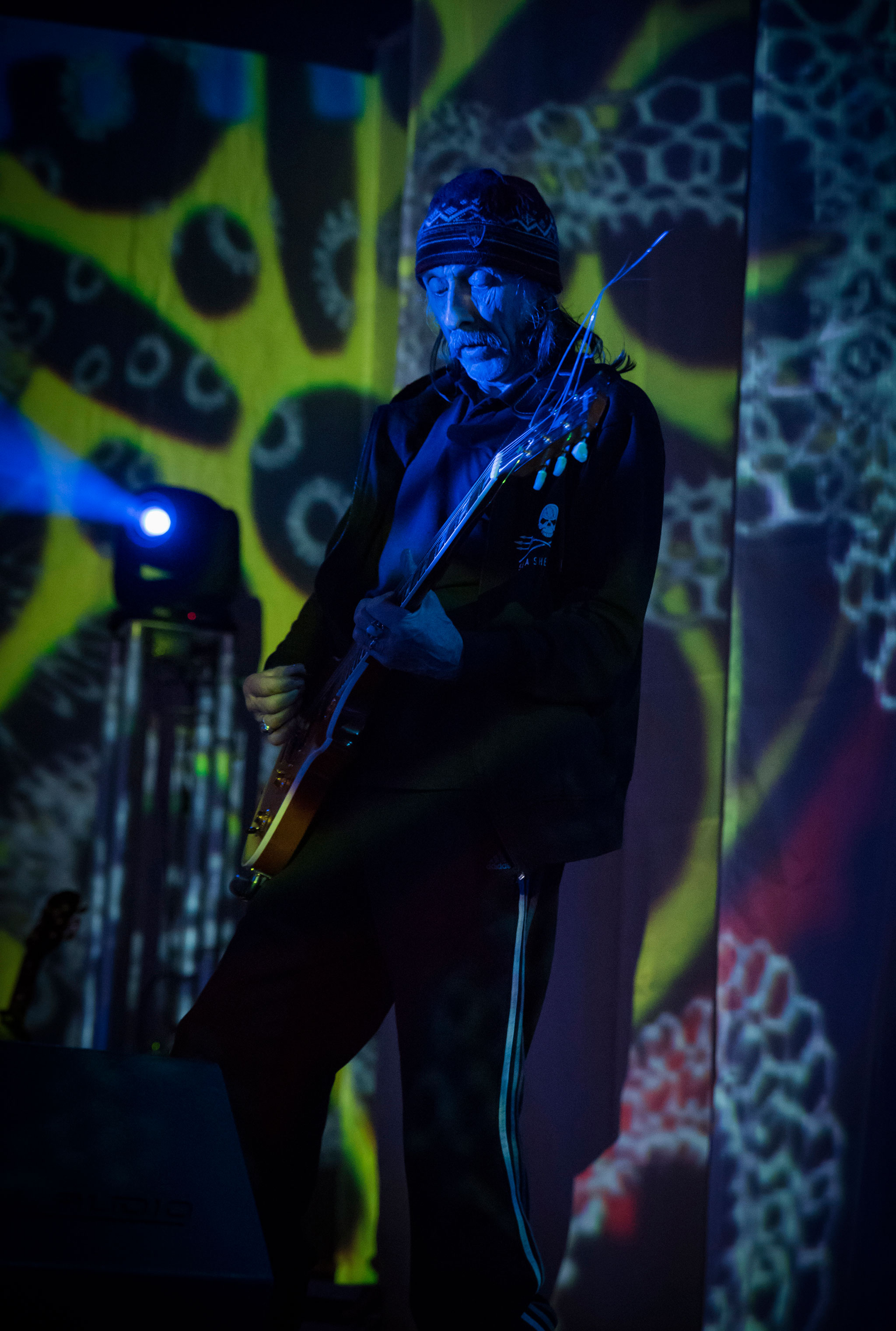
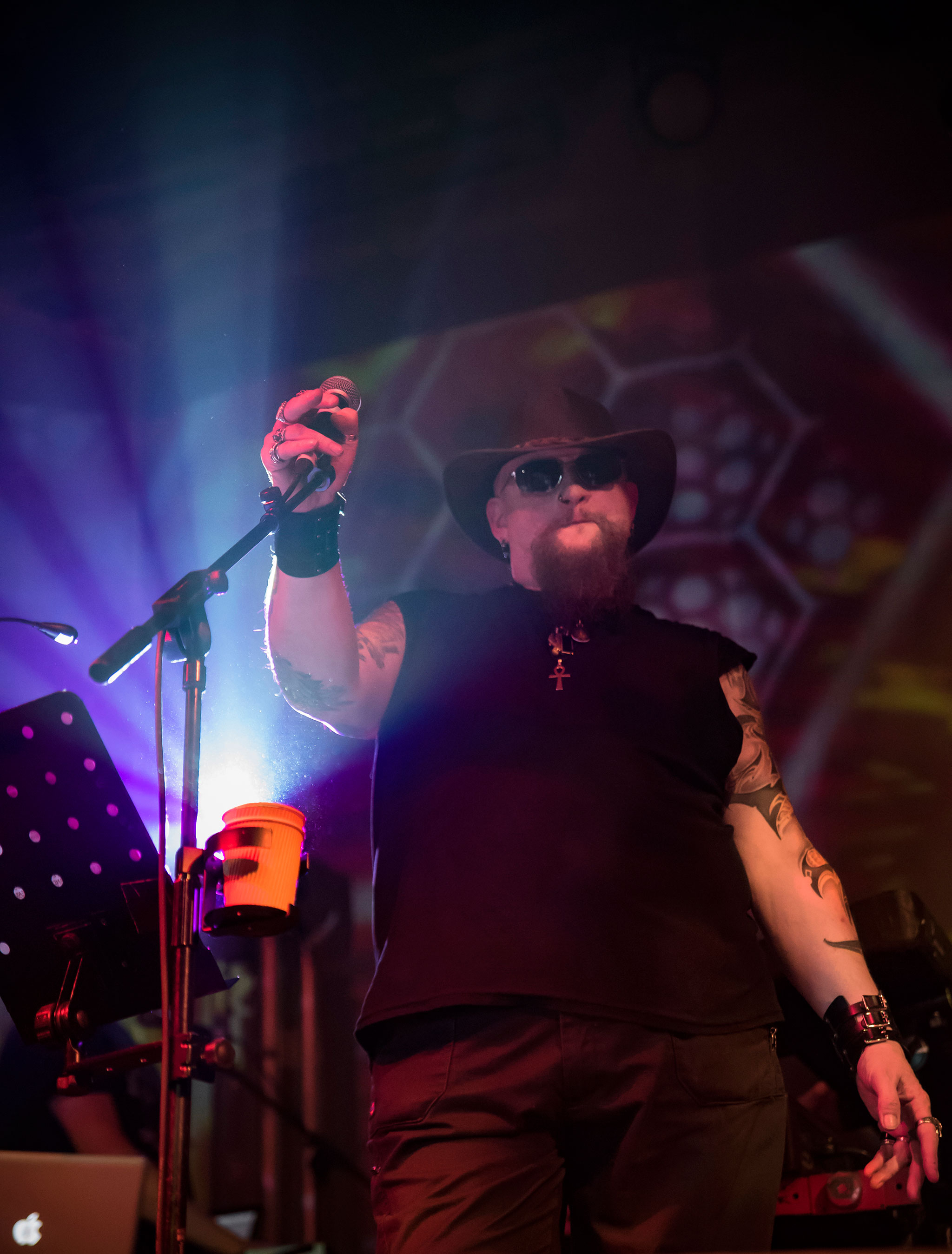
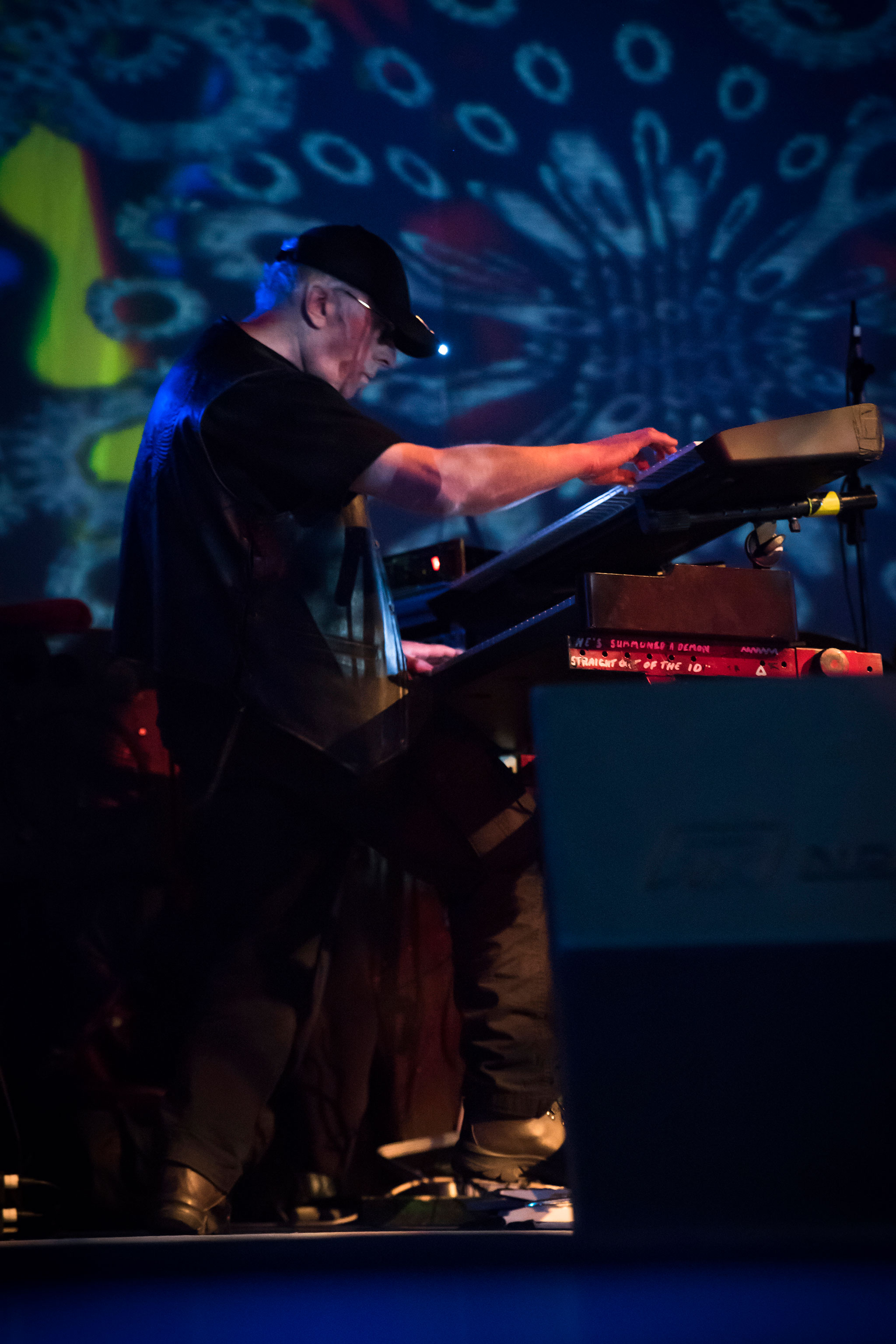



Malcolm Dome had an illustrious and celebrated career which stretched back to working for Record Mirror magazine in the late 70s and Metal Fury in the early 80s before joining Kerrang! at its launch in 1981. His first book, Encyclopedia Metallica, published in 1981, may have been the inspiration for the name of a certain band formed that same year. Dome is also credited with inventing the term "thrash metal" while writing about the Anthrax song Metal Thrashing Mad in 1984. With the launch of Classic Rock magazine in 1998 he became involved with that title, sister magazine Metal Hammer, and was a contributor to Prog magazine since its inception in 2009. He died in 2021.
